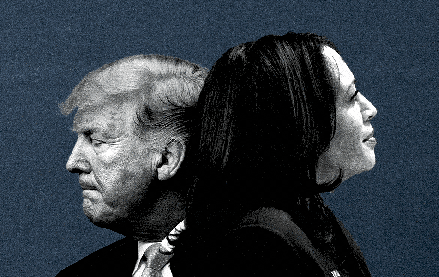
Social media marketing may lack ROI, but its ability to help companies cut costs is a big opportunity.
Take H&R Block. It uses Twitter as a customer service channel and could, therefore, cut pricey call center calls, according Scott Gulbransen, the brand’s social media chief.
“Everyone’s so hung up on social ROI,” Gulbransen said. “But social has so many other benefits, like the ability to cut costs.”
H&R Block’s customer service channel on Twitter, H&R Block Care Team, has 1,400 followers. The team monitors Twitter to listen to any complaints or issues that consumers are having. The care team proactively reaches out to consumers to resolve any problems. The team of five people (out of 10 total on the social media team) leads the charge with regard to customer service on Twitter.
Mutual of Omaha is another brand that praises social’s ability to cut costs.
“As marketers, I think we’re wired to find ways to leverage social to help our organizations increase sales and profit,” said Kasey Skala, manager of social media and online marketing at Mutual of Omaha. “Using social to help reduce organizational expenses is equally important and often overlooked.”
Skala formerly handled social media at Great Clips, a large chain of salons. There, he saw a shift in how customers were providing feedback, much of which came through Twitter. Great Clips was able to use this data to help streamline its customer service team and shift resources, which helped reduce its costs. At Great Clips, the social media team consisted of five people who monitored customer service for the company. The team was proactive and reached out to people who either mentioned Great Clips directly by tagging @GreatClips or mentioned the name in their post (e.g., Great Clips, GreatClips, #greatclips).
“We reached out to them and acknowledged their issue and asked that they contact us directly, via email or phone, with more information about the salon they visited, etc.” Skala said.
Great Clips has more than 3,100 franchised salons, so the goal was to make the conversation more intimate and take it offline to determine the specific location and the exact cause of concern. Great Clips used Radian6 as its monitoring platform, which allowed the salon chain to drill down and categorize the source of contact, the topic/issue being addressed and then assign the right individual for follow-up and reporting purposes.
Glenside Hotel in Drogheda, Ireland, typically spent around $20,000 a year on newspaper and radio ads to promote its specials and offers. In December 2011, the hotel decided to focus its resources on social media. It now runs competitions and promotions on Facebook and claims business is up 18 percent, while marketing costs are only 20 percent of what they once were.
Social-based recruitment is another way companies can cut costs, according to Skala.
“Using social platforms, such as LinkedIn, can help organizations recruit talent more efficiently — and, typically, at a lower cost than traditional advertising methods,” Skala said.
More in Marketing

Hyve Group buys the Possible conference, and will add a meeting element to it in the future
Hyve Group, which owns such events as ShopTalk and FinTech Meetup, has agreed to purchase Beyond Ordinary Events, the organizing body behind Possible.

Agencies and marketers point to TikTok in the running to win ‘first real social Olympics’
The video platform is a crucial part of paid social plans this summer, say advertisers and agency execs.

Where Kamala Harris and Donald Trump stand on big tech issues
The next U.S. president is going to have a tough job of reining in social media companies’ dominance and power enough to satisfy lawmakers and users, while still encouraging free speech, privacy and innovation.





